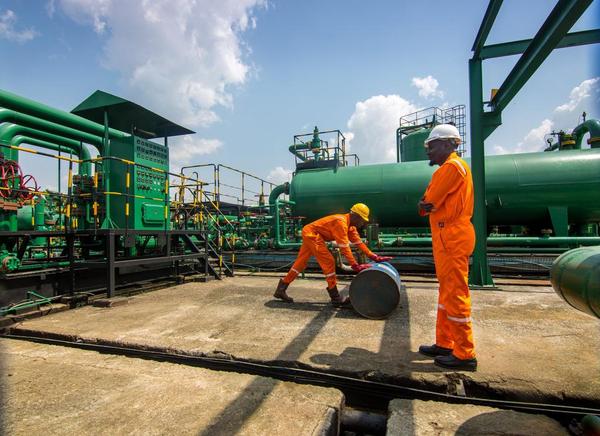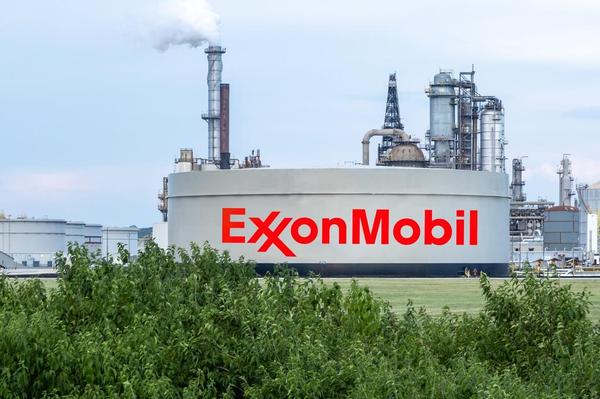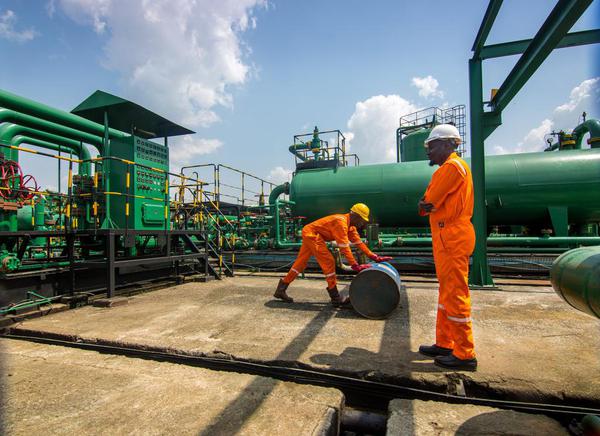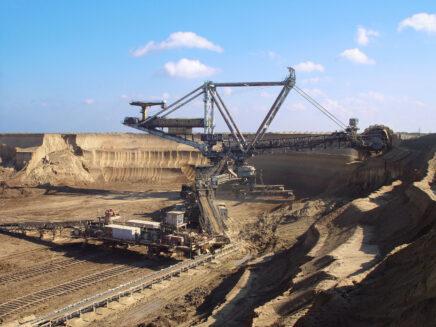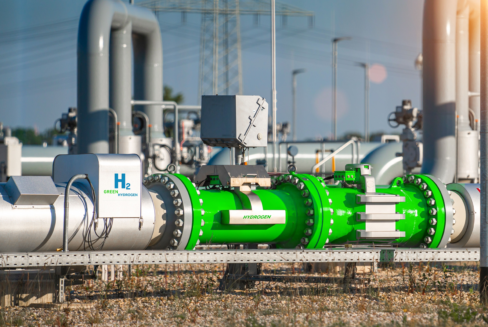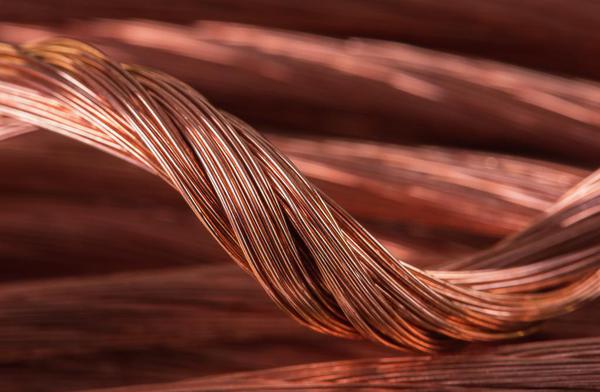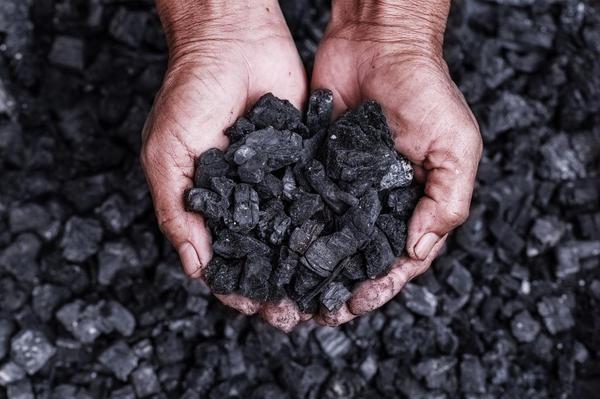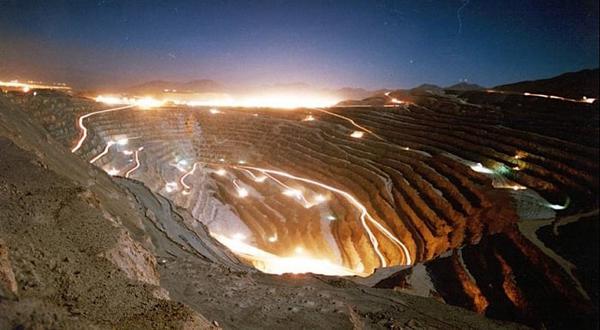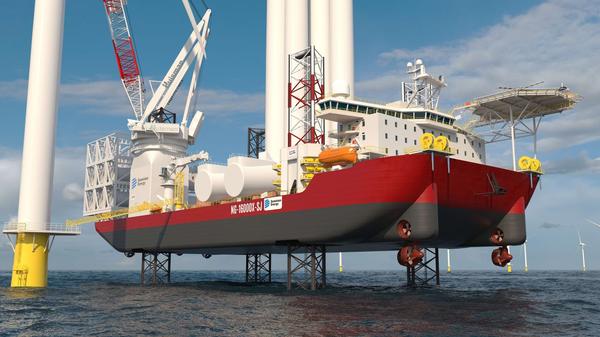
Critical Vessel Shortage Delays Offshore Wind Farms
Ørsted is the largest energy company in Denmark and develops and operates a host of renewable energy projects. Few companies have felt the Charybdis delay snafu more than Ørsted after having chartered Charybdis for two wind farms off the coast of New York that required alternative and costly plans for both. Two other projects off the coast of New Jersey were also delayed. The demand for offshore wind farms continues to grow, but vessels remain scant.

